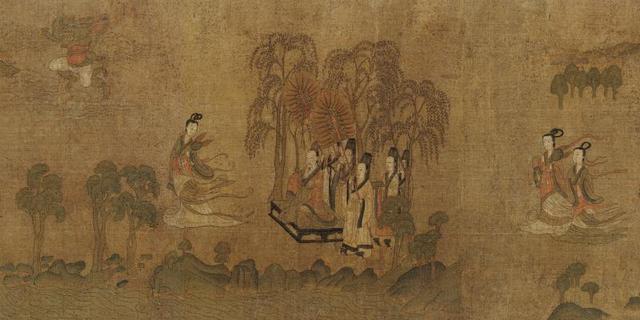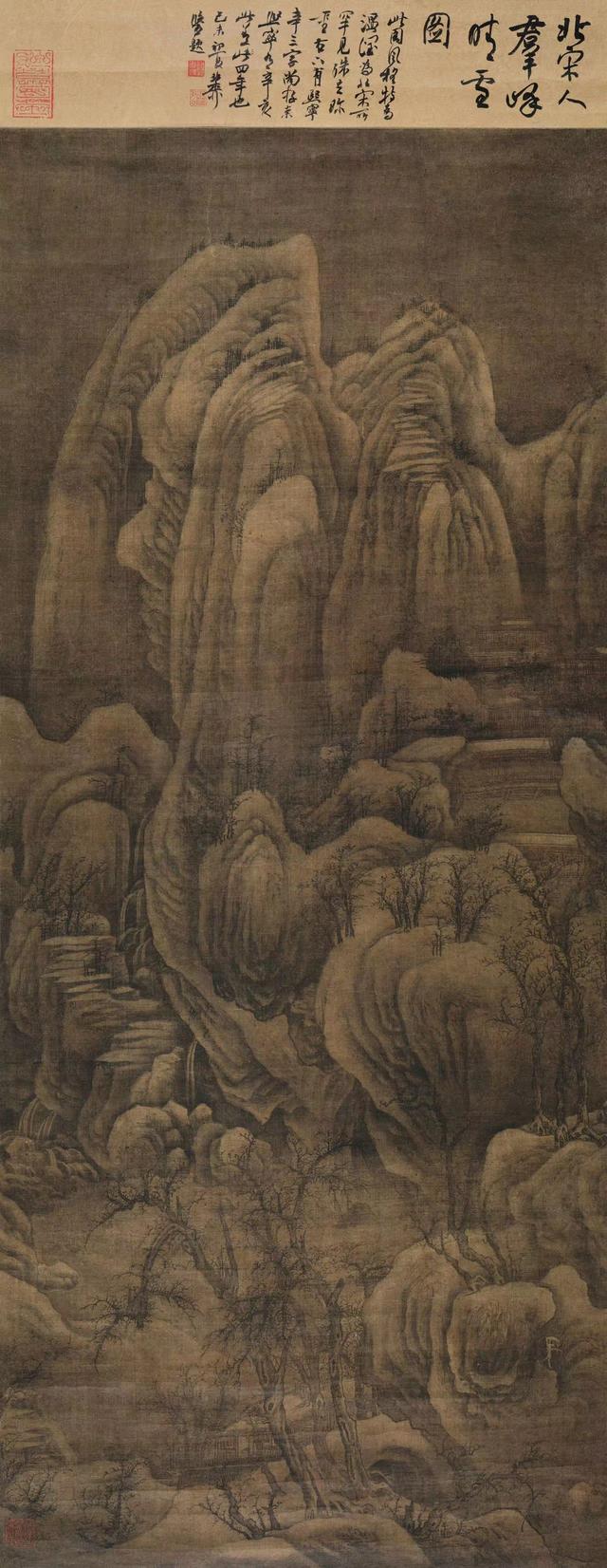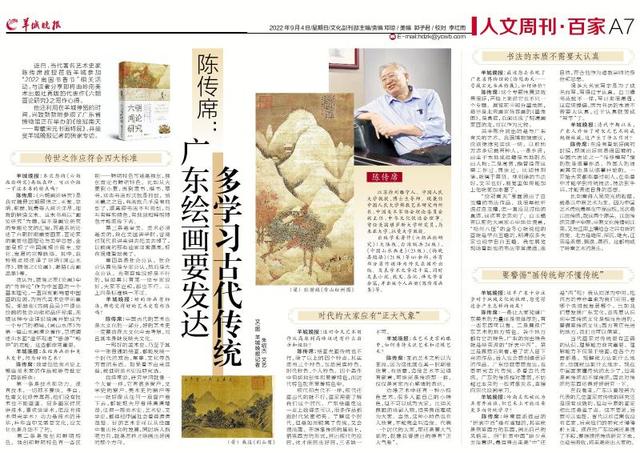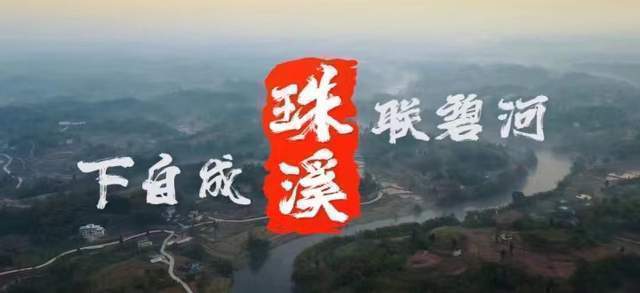Baijia | Chen Chuanxi: Guangdong painting must be developed, learn more about ancient traditions
Author:Yangcheng Evening News Yangche Time:2022.09.04
Text/Yangcheng Evening News all -media reporter Zhu Shaojie Literary Map/Lingnan Art Publishing House provided
Recently, Professor Chen Chuanxi, a well -known contemporary art historian, visited Yangcheng to participate in the "2022 South Guo Shuxiang Festival" related activities, and shared his personal masterpiece "Six Dynasties Painting Theory Research" with readers who will be reprinted by Lingnan Fine Arts Publishing House.
He also used the time of staying in Yangcheng to visit the "Special Exhibition of Crown Nantian -Guangdong, Tibet, Tibet and Yuan Painting and Calligraphy Special Exhibition" in the Guangdong Provincial Museum, and accepted an exclusive interview with the reporter from Yangcheng Evening News.

Professor Chen Chuanxi
1. The work of handed down should meet the four major standards
Yangcheng Evening News: This time, your "Research on the Painting of the Six Dynasties" is coming. Can you introduce the characteristics of this book?
Chen Chuanxi: My books are re -examined with traditional culture, and the focus is different. "Research on the Painting of the Six Dynasties" is my detailed and detailed interpretation text of Gu Kaizhi, Zong Bing, Wang Wei, Xiehe, Yao, etc. in the Wei and Jin Dynasties.
Although this book is based on the title of "Painting Theory", it is not the compilation of the special papers of painting theory research, but to systematically discuss the important painting theory and aesthetic ideas of important painters and painters during the Six Dynasties. The complete context of birth, change, and development. Among them, I specially added Zong Bing's "Painting Landscape Order", Wang Wei's "Syrian Painting", Gu Kaizhi's "On Painting", Shehe's "Ancient Painting Products", Yao's "Continuation Products" and so on.

Gu Kaizhi's "Luo Shen Fu Tu" (partial)
In my opinion, Gu Kaizhi's "Divine theory" in "On Painting", as a basic theory of Chinese painting, has always profoundly affected the development of Chinese painting and valued by the history of art in the past. In the "Ancient Painting Records", she put forward the social functions and criticism standards of painting. Undoubtedly, this kind of professional evaluation of painting has begun to become a special field, and the "six laws" have become the "unwavering" painting theory. "Painting Landscape Order" is the first landscape painting theory. Zong Bing explained the functions of landscape painting "Cheng Huai Guan", "lying tour" and "Chang Shen". These are very important.
Yangcheng Evening News: What is good art in classic painting and art history?
Chen Chuanxi: I have set four standards for the works of artists in the history of art:
The first is technology and skill. Don't talk about everything. No matter how high Li Bai and Du Fu cultural cultivation is, they can't draw without technology. Many painters hate talking about technology and like to talk about academics, but how can paintings do not have technology? The skill is the sublimation of technology, and the culture is needed in sublimation, and no culture cannot be sublimated.
The second article is original and distinctive features. There are some differences in the original and distinctive features -the distinctive features may be original, and the originality must have distinctive characteristics. For example, from Dae to Xiaoyan, to Lishu, regular script, cursive script, these calligraphy forms are original. After Wang Xizhi, the calligraphy was almost unique. Yan Zhenqing's calligraphy was not called original, but it was called distinctive features. It was original and distinctive to spread.
The third is aesthetic. The art must be beautiful. When I was lectured in the United States, I said that the modernist lectures have removed the beauty. The oil paintings I painted before are very beautiful, and now it is difficult to see beauty. Some American scholars and painters agree with me.
The fourth is recognized by society. Social recognition is first of all experts recognized, and then the public recognized. The common people say that it is not good, but if only a certain expert says it, everyone should not be peaceful, and that will not work. The above four standards are indispensable.
Yangcheng Evening News: Good painting has standards, so do you think good art history has standards?
Chen Chuanxi: The ancient Chinese art is also part of the great culture. Good art history must be put in large culture to investigate, and it itself reflects the great culture.
A good art history, and even one of the ordinary paintings, can reflect all aspects of politics, military, culture and other aspects of the era. If you don't see these, it proves that the history of art has not been studied.
I often say that research and science are like looking at a lobby. It has many windows, windows of literary history, windows of art history, windows of philosophy history ... as if you can see from any window, you can see the lobby can see the hall. It is clear that any art history, philosophy, and literary history must see Chinese society clearly.
A good art history can see the history and development of society from the painting, and at the same time point out the direction, that is, how to draw the direction of the good painting.
2. Everyone in the times should have "positive weather"
Yangcheng Evening News: What are the inspiration and experience of art creation from the plateau to the peak?
Chen Chuanxi: Painting must have traditions, but the tradition of light painting is not good. In addition to the above four characteristics, there are actually three characteristics, including national characteristics, era characteristics, and personal characteristics. The four conditions include originality and significant characteristics, and the characteristics of the times are in significant characteristics.
Modern and ancient are not the same as ancient times. It is not possible to paint ancient times in modern times. Painters need to understand our era. Guangdong painting is okay at this point, and many works are closely related to the times.
Understand this era, but if you get rid of tradition, it will be shallow. On the basis of inheriting the tradition, it is appropriate to draw on the form of the West and draw modern painting to draw good painting. The three are indispensable.
Yangcheng Evening News: In the eyes of art historians, how do you think of mainstream art and marginal art?
Chen Chuanxi: The reason why mainstream art is the mainstream, because these paintings reflect the new spirit of the times, the new spirit is very important. The art of marginal art may not have new ideas, and it may still be the traditional set. There is also a small characteristic art in art. Many people draw their own small characteristics, but they cannot become everyone. For example, Guan Liang's drama character is very good and very distinctive, but it is difficult to become everyone. Of course, some people are appreciated by this small characteristic and cannot be completely called edge.
Representing everyone in an era, that's the atmospheric, just like I have proposed "positive weather". "Zhengda Meteorological" was the first to propose.
3. The essence of calligraphy does not need to be too serious
Yangcheng Evening News: Recently, you went to visit the Guangdong Provincial Museum's "Painting Nantian -Special Exhibition of Calligraphy and Painting and Calligraphy in Guangdong, Tibet, Tibet, and Yuan.
Chen Chuanxi: This special exhibition is very effective. Strictly speaking, it is not only a topic. In the first half of the exhibition, the Mo Long Tu was the "Mo Long Tu" painted by the Northern Song Dynasty painter Chen Rong. It is a real trace. Later, the dragon of the Ming and Qing dynasties paintings can be used as a comparison.
The second half is exhibited by Guangdong. I suggest to the museum that I should continue to enrich this.
In the past, two kinds of people recorded two kinds of people. One was Xiangxian. Born in the local or ancestral home was an outstanding figure in the local area; the other was Xianxian, which refers to the people who have worked and lived here, especially the local chiefs. For example, Lin Zexu belongs to the Xian of Guangdong. Lin Zexu's calligraphy is good and literary. If he can add it in the exhibition, it will be richer.
Bai Yu Chan's calligraphy works are displayed in "The Crown Nantian". I have heard Bai Yu toad very early, but I have never seen his true traces. I was fortunate to see it this time.
Bai Yutan has a high status in the heart of the former painter. Jin Dongxin, who is "Eight Monsters in Yangzhou", said that his paintings were learning Baiyu toad. I saw that his calligraphy was very chic and natural at the exhibition site, which was in line with his identity and thought as a Taoist master.
Many famous artists are written for their fame and are written too seriously. Bai Yussi's calligraphy is not the same. It is very chic. This should be advocated, because the calligraphy is "unintentional to Jia Naijia". If you want to be good, you do n’t need to be too serious.
Yangcheng Evening News: Since the middle of the Qing Dynasty, the Cantonese began the scale collection of the art of Song and Yuan. What role does this have?
Chen Chuanxi: When I didn't see good painting, it was difficult to draw good painting. One of the six laws of China, "passing the model" refers to the copy of the copy. Foreigners' oil paintings also start from copying. At the beginning, everyone has copied others, and we can learn traditional techniques in copying. Only after the techniques are coming, they can express their own thoughts.
For example, the collection of Wu Rongguang of the South China Sea is mainly based on the art of Central Plains. Because Chinese art traditions first appeared in the Central Plains, followed by Jiangnan tradition, these two sources.
Northern Song Dynasty Anonymous Qunfeng Qingxuetu Guangdong Museum Collection

The tradition of Jiangnan originated from the Central Plains, and the foundation of the Central Plains when it was collectively moved to Jiangnan. Later, after combining with Jiangnan soil, a new change has been changed. The north is majestic, deep, and majestic, and Jiangnan is soft, elegant, and chic. This constitutes the source of Lingnan art.
4. Be wary of "painting tradition but not understanding tradition"
Yangcheng Evening News: In recent years, Guangdong has paid great attention to the combing of regional culture. What effect do you think of this?
Chen Chuanxi: First, let everyone know that the power of Guangdong art is still very strong, there are some things to watch. The second is to show the local characteristics of Guangdong art. It has its characteristics in various places. Guangdong's outstanding characteristics are the "eclectic China and the West" of Lingnan School, but "eclectic China and the West" can only become the characteristics of that paragraph. The third is to motivate the latecomers. After reading the works left by the predecessors, future generations will also want to create better works.
To develop Guangdong painting, it is to study ancient traditions and look more ancient traditions. The tradition of Guangdong is relatively weak. Maybe you can cross some of the original teachers and directly paint from Song and Yuan.
Yangcheng Evening News: Lingnan culture is considered open, but maybe more traditional learning in art?
Chen Chuanxi: The "eclectic Chinese and Western" proposed by the Lingnan School of painting makes sense, but this method is not too perfect. In fact, it is to draw on the Western things and draw their own style. But "eclectic China and the West" lacks the awareness of the main body, is it "China" or "West" in the end? I agree with "foreign use" and "givingism", and use Western nutrients as our use to develop our own culture.
For example, if we want to develop Cantonese culture, we must first realize that traditional Chinese culture is quite advanced, and we must learn from traditional culture. There are advanced places in the West, and we can also learn from it, not "eclectic" or "combination".
Contemporary painters must have a correct understanding of tradition, and their ability to understand is very important. The ability to understand is not limited to painting, but in all aspects. To what level of understanding, as long as you work hard, the painting will reach. At present, Chinese painters understand too few traditions. They often paint tradition but do not understand tradition, so you have to study the traditional things.
In my opinion, several painters represented by Yellow Prajna are still very successful in traditional research, but compared with the painters of the Central Plains, it is still a bit worse. It doesn't matter, you can catch up later. Before the Jin Dynasty, there were no famous masters in Jiangnan, and later their research slowly caught up.
Nowadays, Guangdong painting is still amazing. In terms of tradition, it has surpassed the local predecessors. We must continue to study the tradition and appropriately absorb the West.Yangcheng Evening News September 4, 2022 Report A7 version report
Brief introduction

Chen Chuanxi
Suining in Xuzhou, Jiangsu.Professor and doctoral supervisor of Renmin University of China.
He is currently the director of the Institute of Buddhist Art of Renmin University of China, deputy director of the theoretical committee of the Chinese Artists Association, and director of the Chinese Culture Promotion Association.
Former researcher at the University of Kansas, professor of the University of Malaya, and Raman University.
Publishing academic works "Research on the Six Dynasties Painting theory" (mainland version, Taiwan version 24 edition), "History of Chinese Landscape Painting" (23 version), "Repentance Night Fast" (21 version), and some of them have some works.Translated as a foreign language published abroad.
Published nearly a thousand academic articles, and published more than a hundred articles such as novels, prose, miscellaneous records, and translations, and published personal albums "Chen Chuanxi Painting Collection".
Source | Yangcheng Evening News · Yangcheng School
Responsible editor | Deng Qiong
School Division | Li Hongyu
- END -
Zhu Lianbi River is from Chengxi ---- Read the landscape of Zhuxi and listen to the story of the water village

Lile and Le Shandong | Tancheng: Tai Chi Home in the County Cultural Museum won the first prize of 2022 (2nd) Global Taijiquan Network Contest

The National Fitness Online Games and 2022 (Second) Global Taijiquan Network Conte...